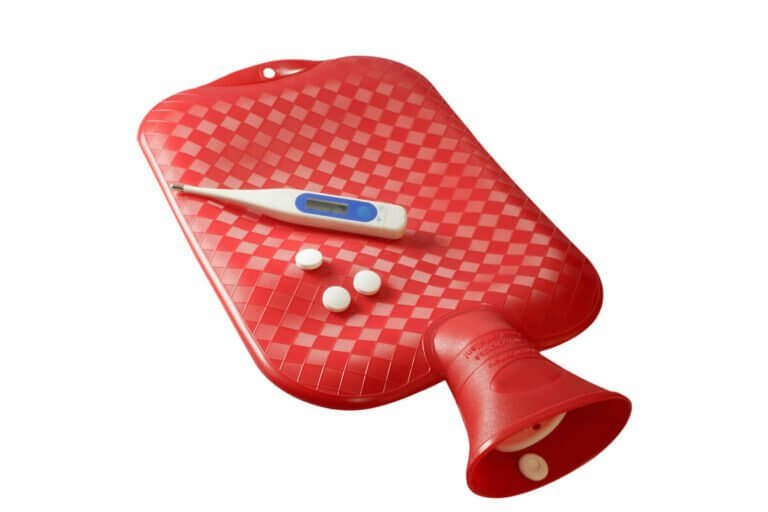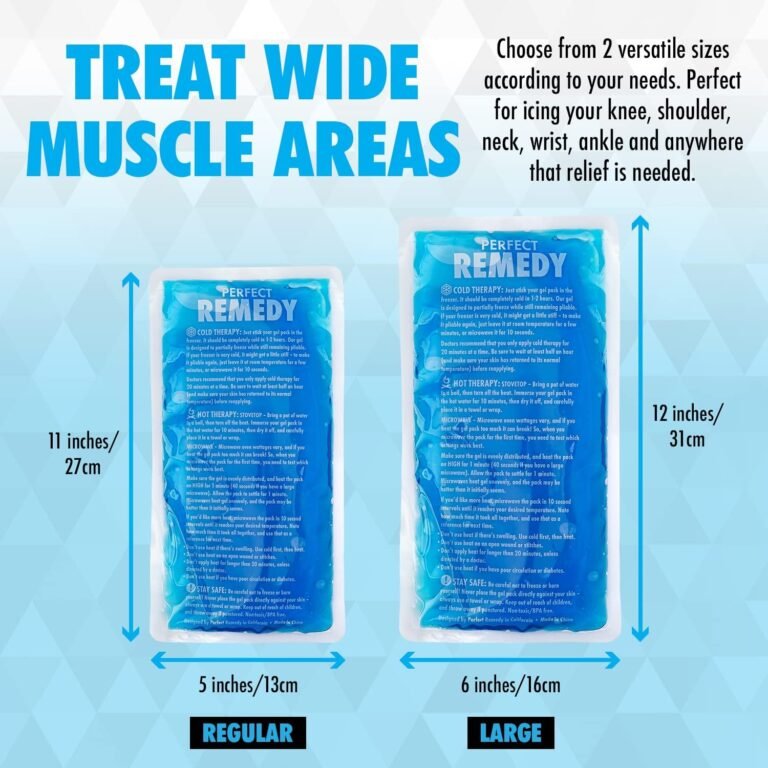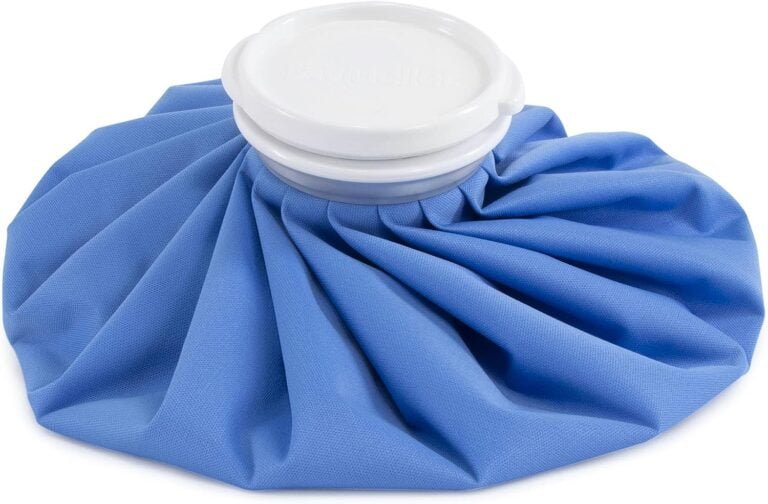The Dos and Don’ts of Hot and Cold Therapy
In this article, you will find valuable tips on how to safely apply hot and cold therapy. Whether using heat or cold to ease pain, reduce inflammation, or promote healing, it is crucial to understand the correct techniques and precautions. By following these tips, you can ensure a safe and effective application of hot and cold therapy for your optimal well-being.
Hot Therapy
Choose the Right Temperature
When using hot therapy, it is important to choose the right temperature to ensure effectiveness and safety. The ideal temperature range for hot therapy is between 104-113°F (40-45°C). This temperature range provides optimal therapeutic benefits without risking burns or skin damage. To achieve the desired temperature, you can use methods such as hot water bottles, heating pads, or warm towels. Remember to always test the temperature on a small area of your skin before applying it to a larger area.
Use a Barrier
To prevent direct contact with the hot object, it is recommended to use a barrier between your skin and the heat source. This can be achieved by placing a thin cloth or towel between the hot pack and your skin. This barrier not only protects your skin from burns but also helps to regulate the heat, ensuring a comfortable experience. Avoid using plastic wraps or materials that can trap heat and increase the risk of burns.
Avoid Extended Exposure
While hot therapy can provide relief, it is essential to avoid extended exposure to heat. Prolonged application of hot therapy can lead to increased skin sensitivity, dehydration, and even burns. To prevent such risks, limit the application time to 15-20 minutes at a time, with breaks in between. It is essential to listen to your body and not exceed the recommended application time.
Monitor Skin Sensations
During hot therapy, it is crucial to monitor your skin sensations to ensure safety. If you experience excessive redness, blistering, or a burning sensation, immediately remove the hot pack and discontinue the application. These signs indicate that the temperature is too high or the application time has been exceeded. Always prioritize your comfort and safety when using hot therapy and follow the recommended guidelines to avoid any potential adverse effects.
Cold Therapy
Use Ice Packs or Cold Compresses
Cold therapy is commonly used to reduce pain, swelling, and inflammation. To apply cold therapy, ice packs or cold compresses can be used. These can be easily made by wrapping ice cubes in a plastic bag or using gel-filled packs specifically designed for cold therapy. The cold temperature helps to numb the area, reduce blood flow, and minimize swelling.
Wrap the Cold Pack
To avoid direct contact with the skin, always wrap the ice pack or cold compress with a thin cloth or towel. This barrier protects your skin from potential ice burns and ensures a more comfortable experience. Never apply the cold pack directly to your skin, as it can cause tissue damage and frostbite.
Limit Application Time
Similar to hot therapy, it is important to limit the application time of cold therapy. The recommended duration for cold therapy is 15-20 minutes at a time, with breaks in between. Prolonged exposure to cold temperatures can lead to skin damage, decreased blood flow, and even hypothermia. Listen to your body and remove the cold pack if you experience excessive numbness or tingling sensations.
Check for Skin Sensitivity
Before applying cold therapy, it is essential to check for any skin sensitivity or allergies. Some individuals may have a heightened reaction to cold temperatures, resulting in itching, rashes, or hives. Performing a patch test on a small area of skin before applying cold therapy to a larger area can help identify any adverse reactions. If you experience any negative skin reactions, discontinue the use of cold therapy and consult with a healthcare professional.

General Tips
Consult with a Healthcare Professional
If you have any pre-existing medical conditions or are unsure about the appropriateness of hot or cold therapy for your specific situation, it is always wise to consult with a healthcare professional. They can provide personalized guidance and ensure that hot or cold therapy will not interfere with any existing treatments or conditions.
Follow Instructions and Guidelines
When using hot or cold therapy, it is essential to follow the specific instructions and guidelines provided with the product or as advised by a healthcare professional. Each therapy method may have its own recommended temperature range, application time, and precautions. Adhering to these guidelines will help you achieve the intended therapeutic benefits safely and effectively.
Apply in Moderation
While hot and cold therapy can be beneficial, it is important to apply them in moderation. Excessive or prolonged use can lead to adverse effects and may not provide additional relief. Regular breaks in between applications allow your body to recover and prevent any potential damage. If the symptoms persist or worsen, consult with a healthcare professional for further evaluation.
Avoid Direct Contact With Skin
Whether using hot or cold therapy, it is crucial to avoid direct contact with your skin. Always use a barrier, such as a cloth or towel, between the heat source or cold pack and your skin. This reduces the risk of burns, frostbite, and skin damage. Additionally, never apply extreme temperatures directly to an open wound or an area with impaired skin integrity.
By following these tips for the safe application of hot and cold therapy, you can effectively manage pain, inflammation, and swelling while minimizing the risk of adverse effects. Remember to prioritize your comfort and safety when using these therapeutic methods, and always seek professional guidance when needed to ensure the best possible outcome for your specific condition.







